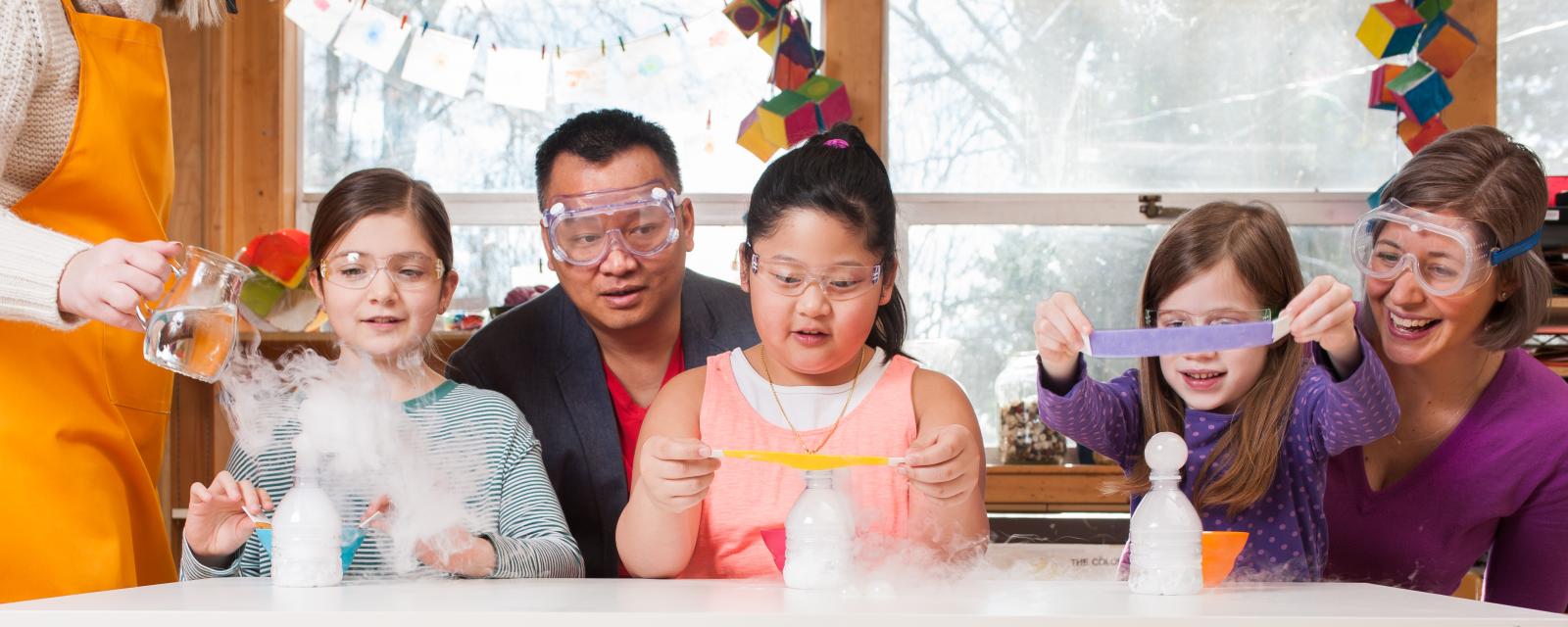
Short Activities
Short activities are brief hands-on experiences lasting less than 15 minutes for small groups of people.
They are often presented at a table, cart, or demonstration space in a variety of settings such as a museum exhibit gallery, classroom, or other public or group setting. Multiple short activities can be combined to form a longer activity.
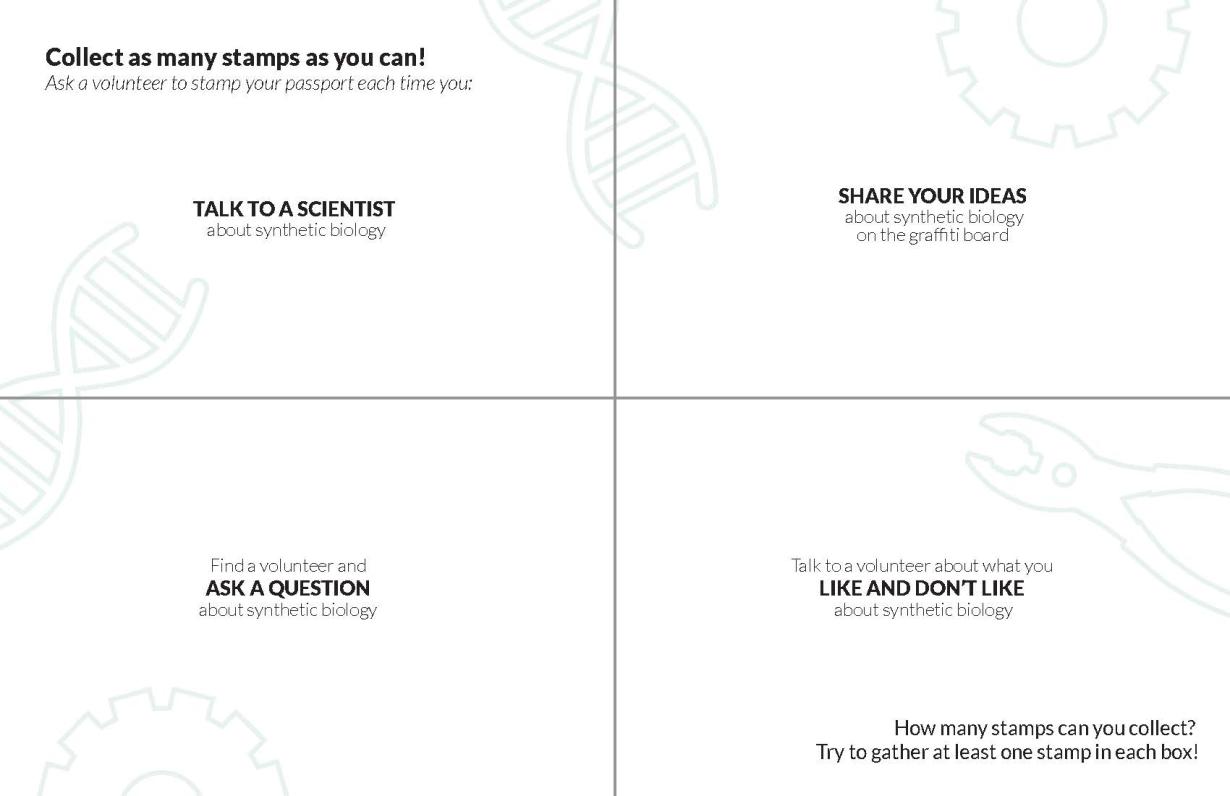
Event Passports for Building with Biology events
Visitor "passports" can be used at your Building with Biology event to collect stamps at hands-on activity stations and scientists they've talked to.
Product
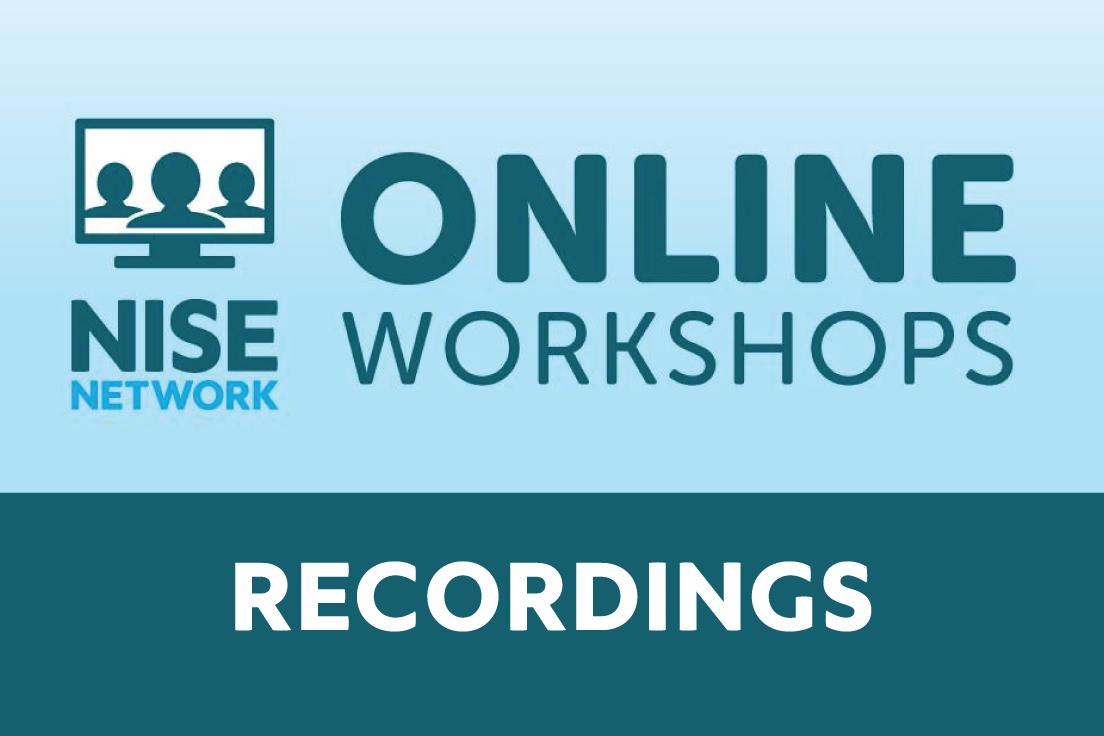
Online Workshop Recording: Nano Brown-Bag: Engaging Younger Audiences with Nanoscale Science
Online professional development workshop recording (2017).
Product
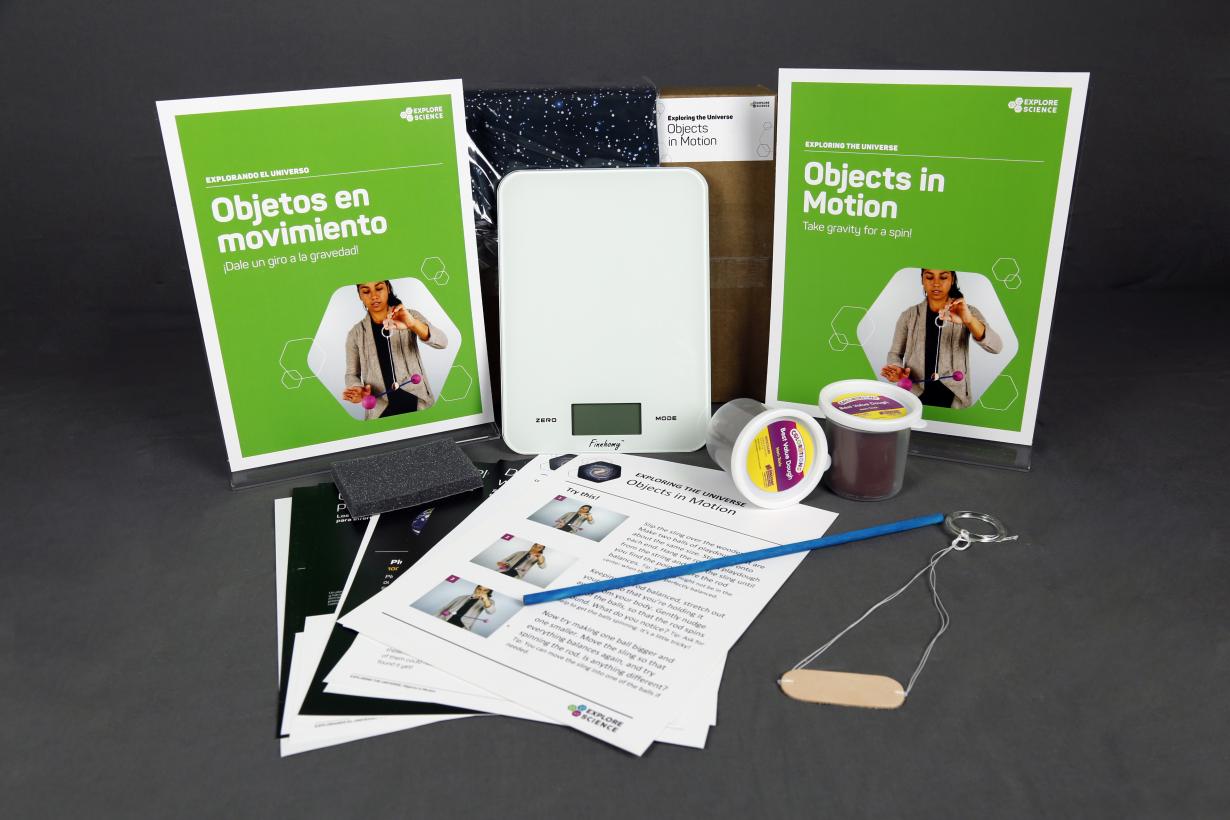
Exploring the Universe: Objects in Motion
In this activity, learners use "orbiting" clay balls to make simple, functioning models of interacting objects in space.
Product
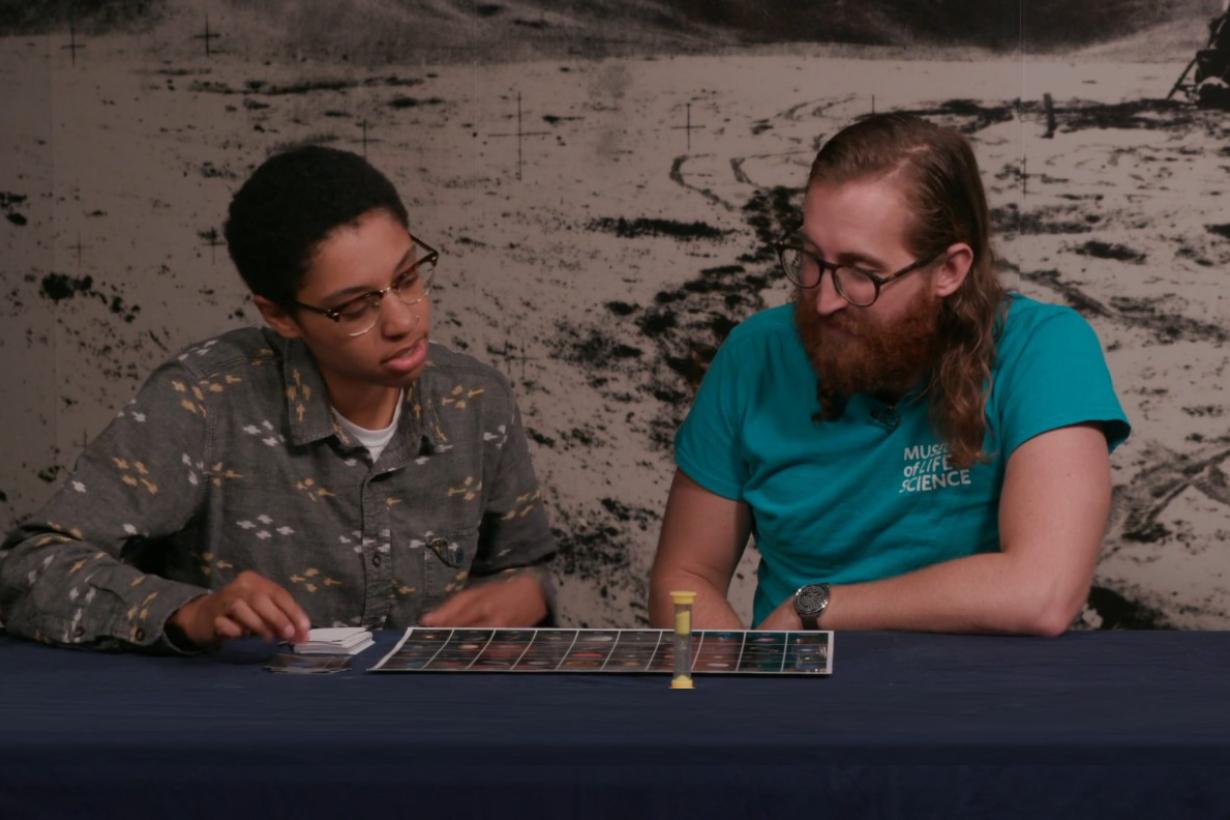
Exploring the Universe: Space Guess Quest Game
In this activity, learners play a yes-or-no question guessing game that identifies the many types of objects in space, from human-made spacecraft to nebulas, galaxies, stars, and worlds.
Product
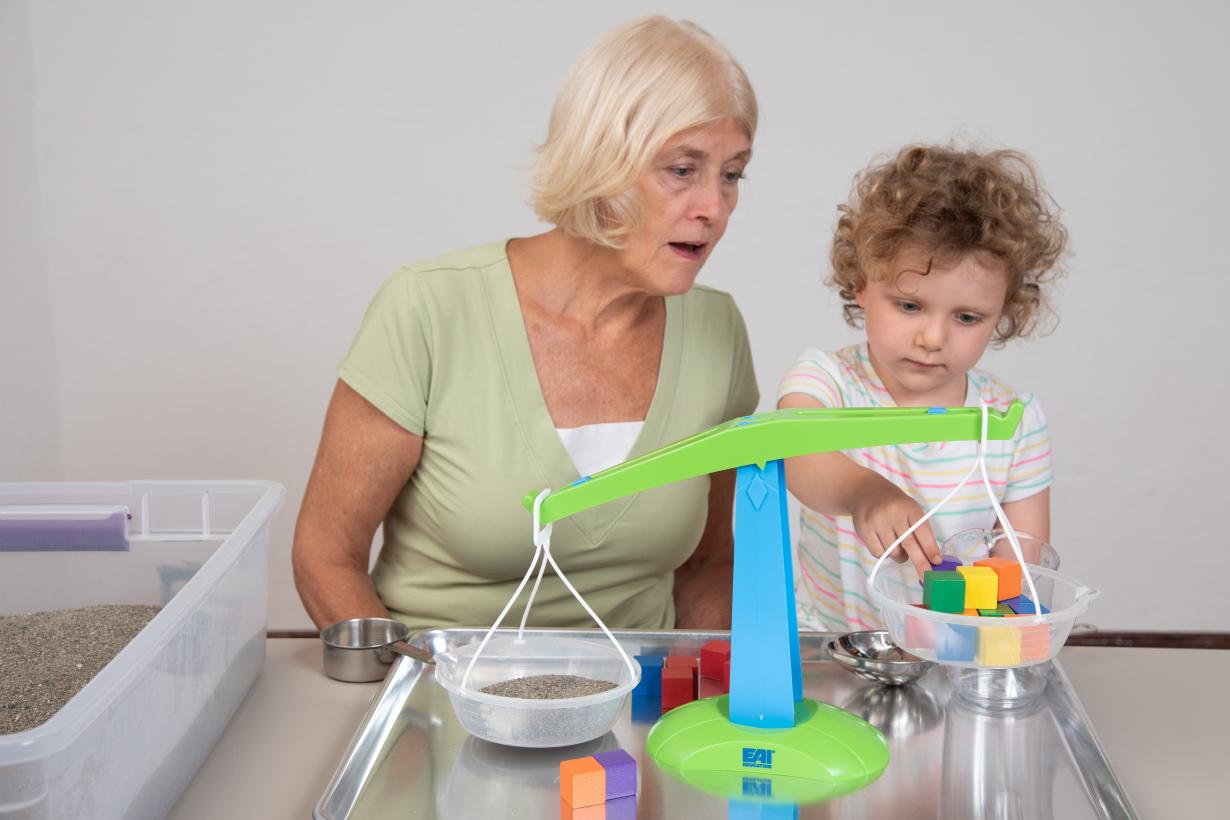
Exploring Science Practices: Measure Up
In this activity, young learners and caregivers use measuring tools to investigate foundational scientific concepts like distance, mass, and volume. Try this with a toddler or preschooler!
Product
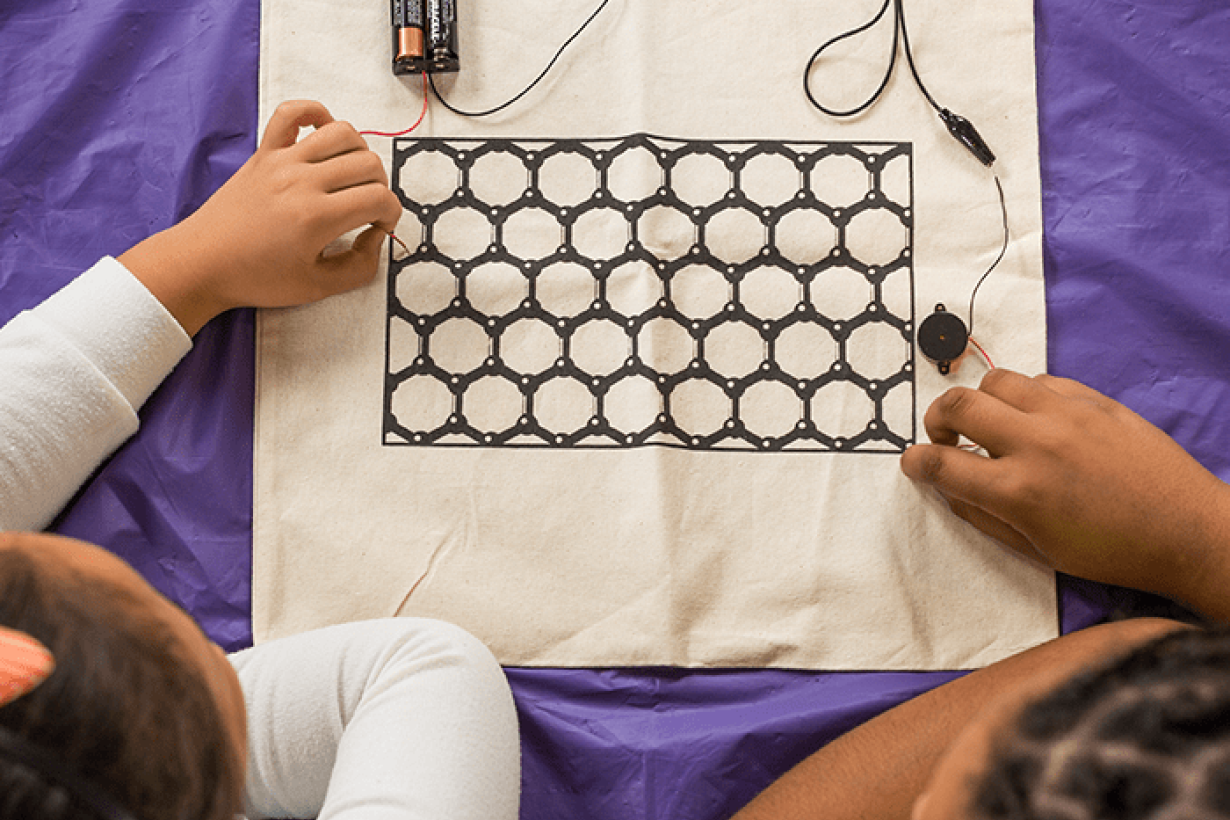
Exploring Materials - Graphene
In this activity, learners will use tape and graphite to make graphene and test the conductivity of graphite.
Product
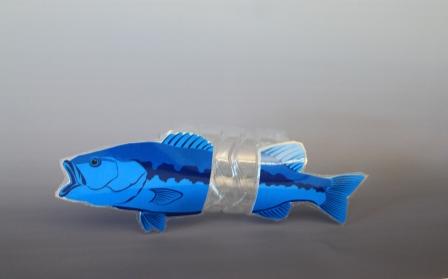
Big Fish, Little Fish
In this activity, learners investigate biomagnification through a short visual demonstration followed by an interactive game.
Product
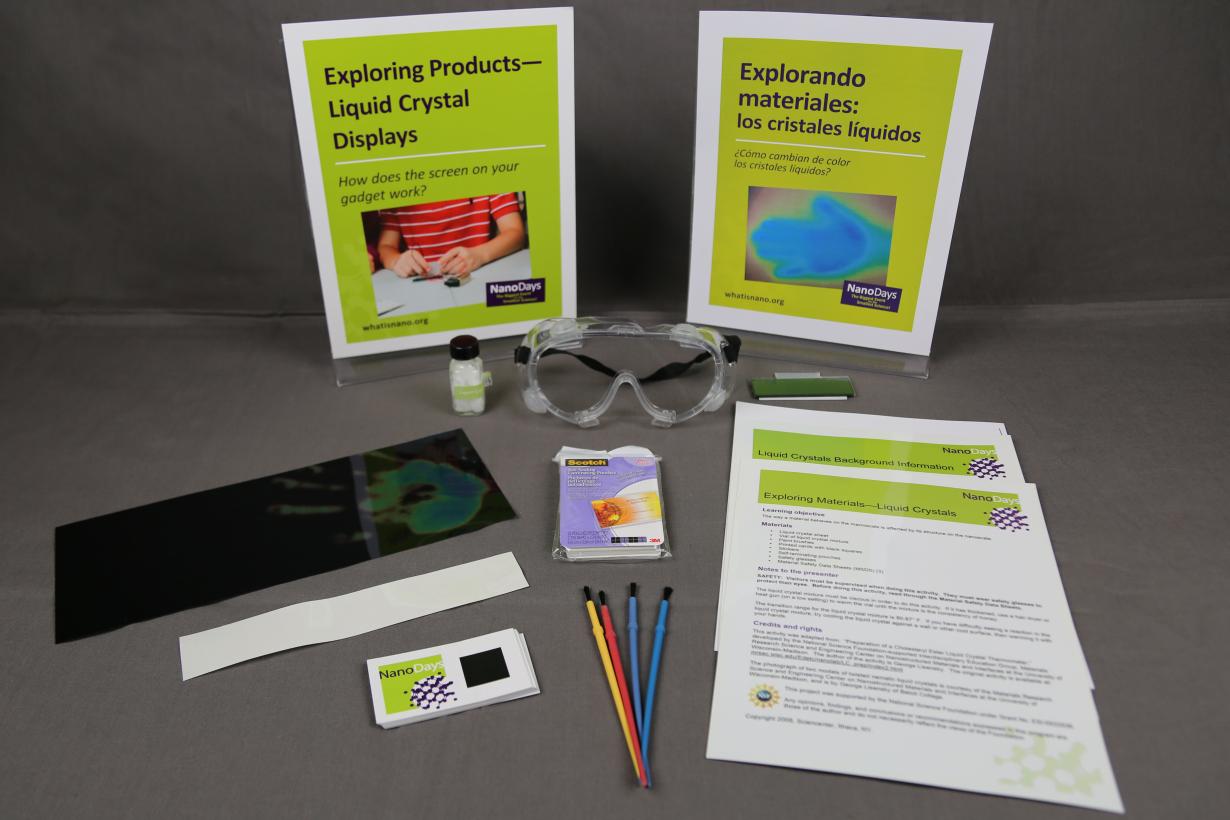
Exploring Products - Liquid Crystal Displays
In this activity, learners investigate temperature-sensitive liquid crystal sheets and liquid crystal displays from a calculator.
Product
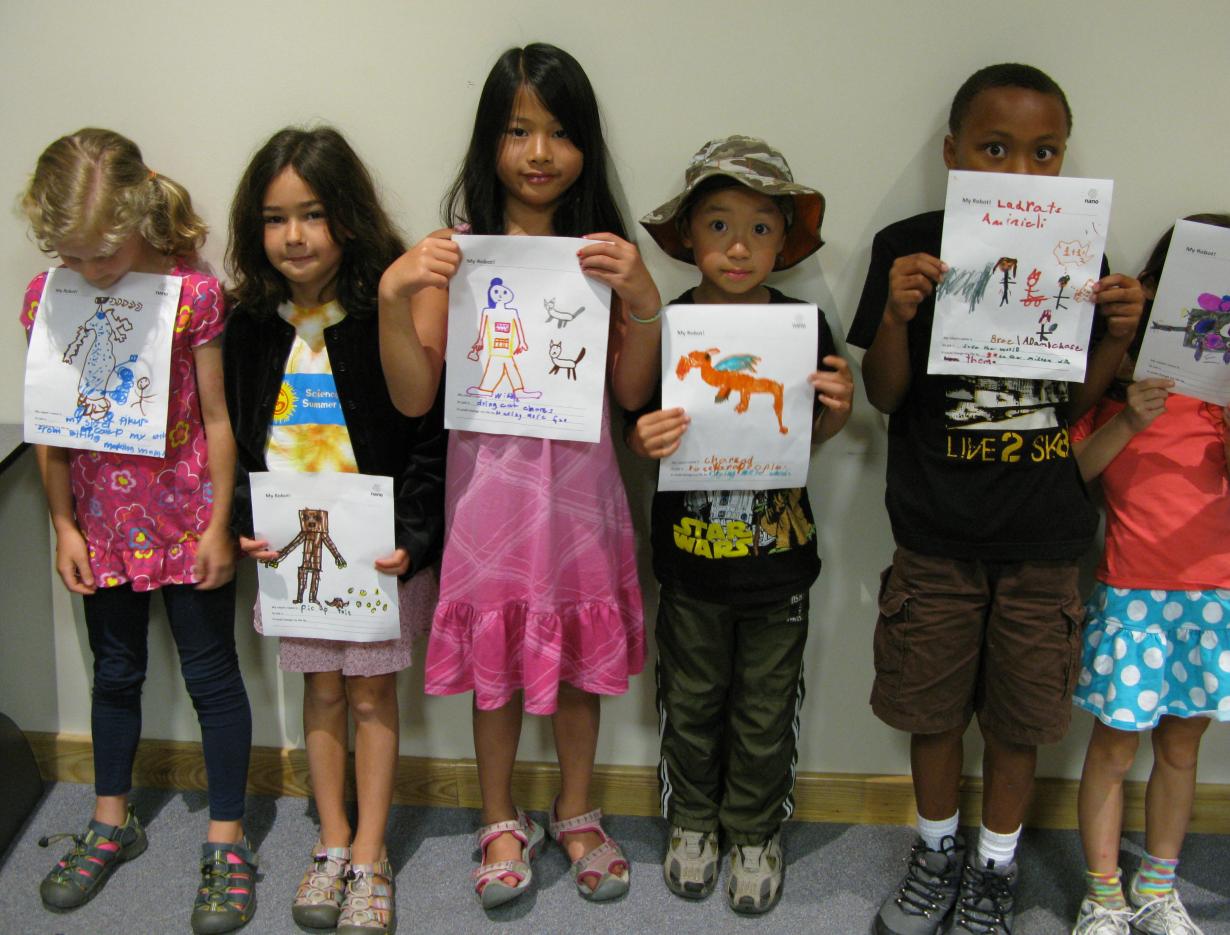
Robots & People
In this activity, learners imagine and draw a robot for a particular task after a quick presentation on robots and nanobots.
Product
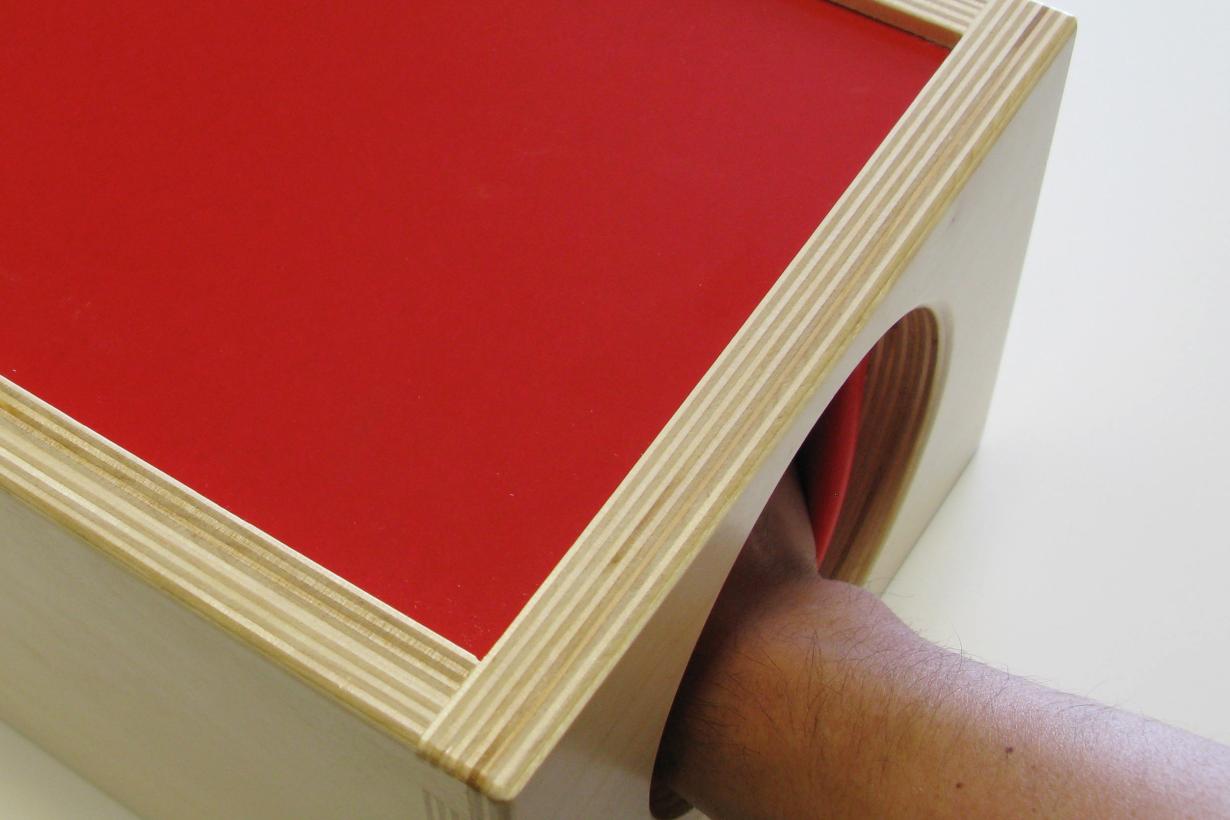
Exploring Tools - Mystery Shapes
In this activity, learners use their sense of touch to investigate hidden objects.
Product
